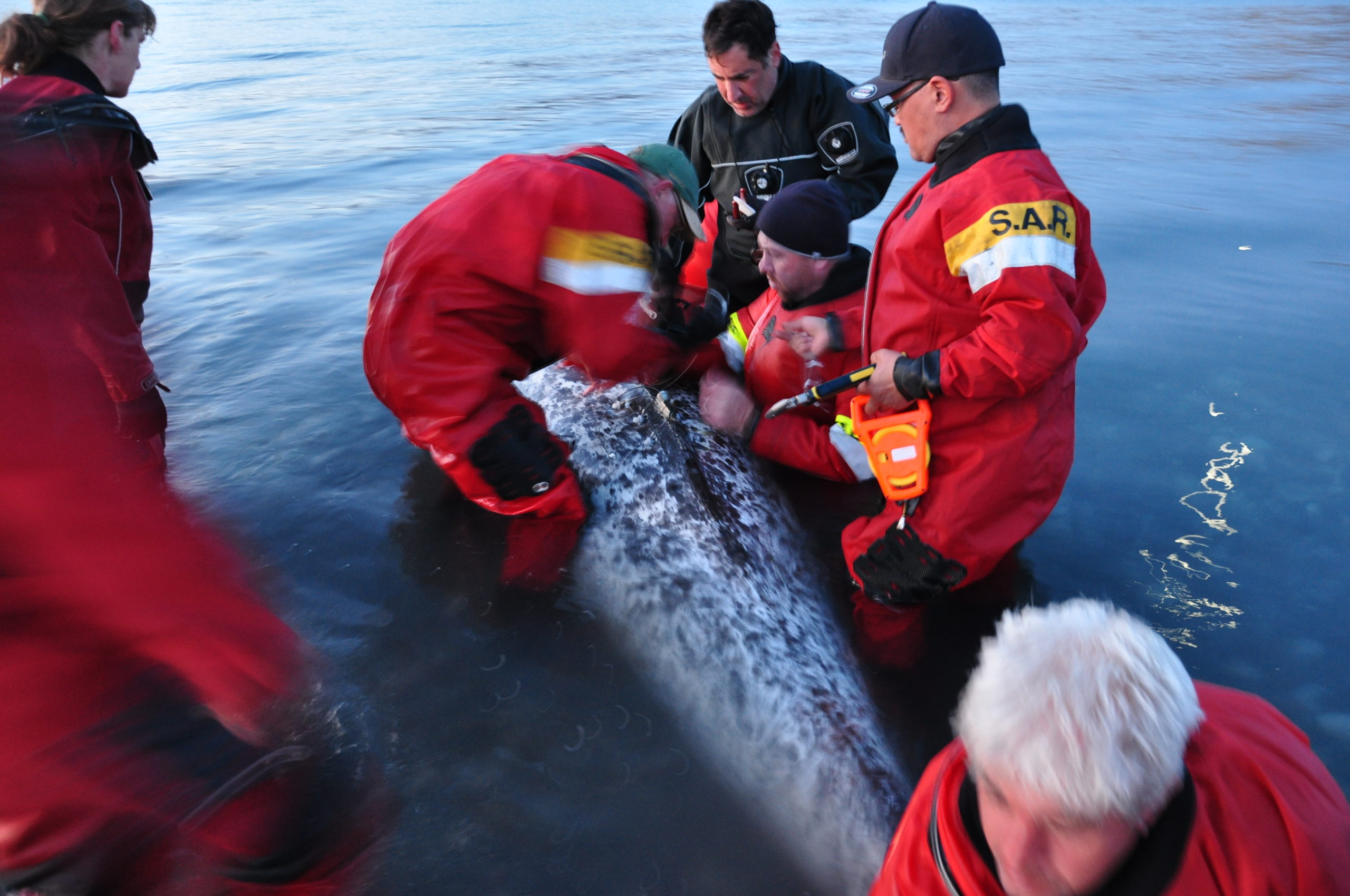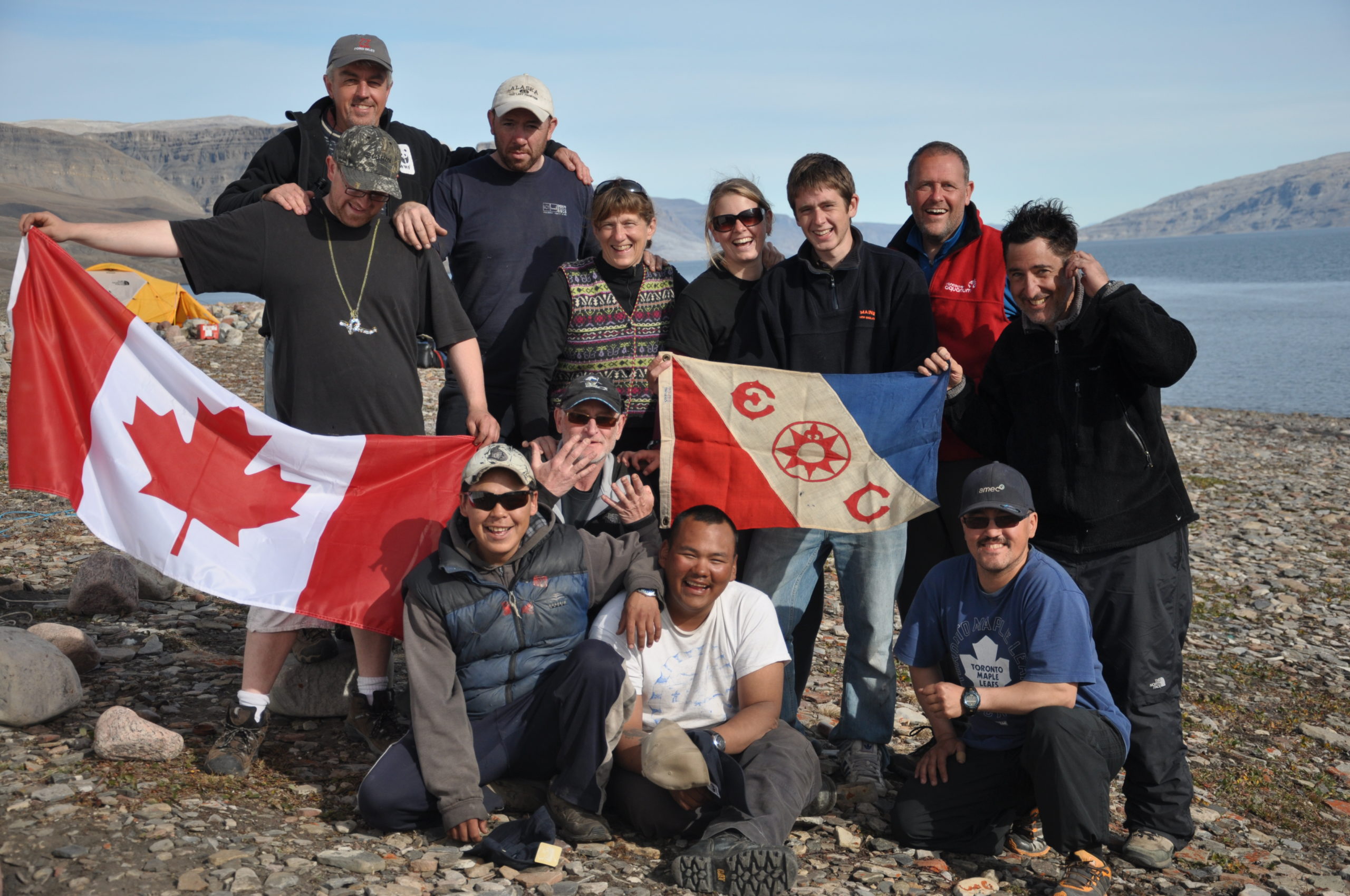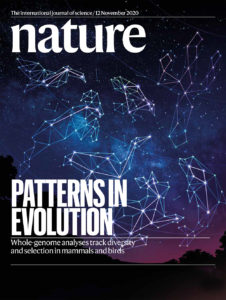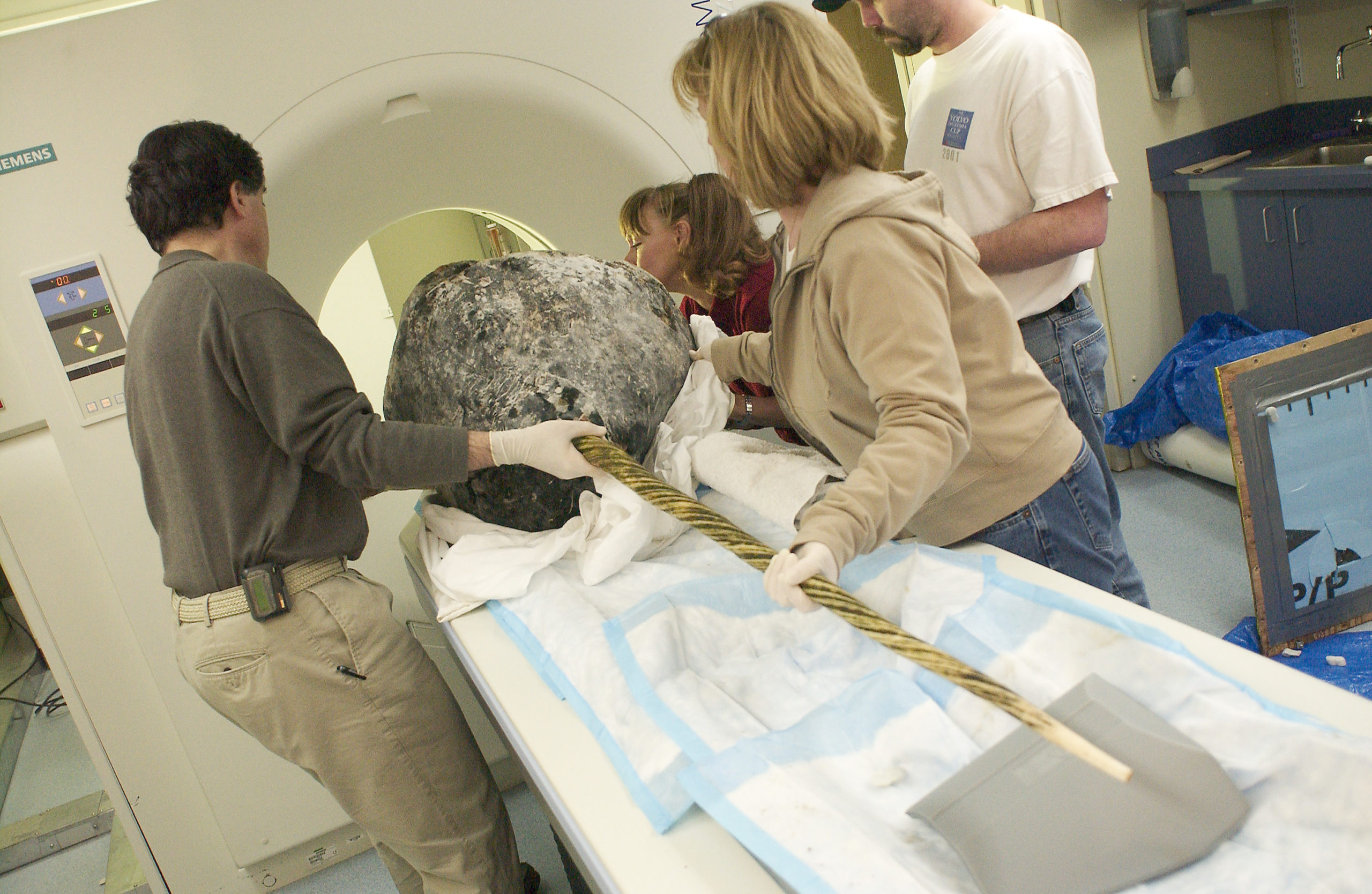The Project

Zoonomia is applying advances in DNA sequencing technologies to understand how genomes generate the tremendous wealth of animal diversity. We decided on “Zoonomia” as the name for our project — combining Greek terms for “animal” and “governing laws” — because it encapsulates what we aim to discover.
We were not the first to coin this term. In 1794, Erasmus Darwin, eminent physician, and grandfather to Charles Darwin, titled his book “Zoonomia; or the Laws of Organic Life”, and asked
would it be too bold to imagine, that in the great length of time, since the earth began to exist, perhaps millions of years…that all warm-blooded animals have arisen from one living filament…?
Erasmus’s insight is remarkable. Contemporary estimates place Earth’s age in the billions, not millions, of years. But Erasmus was correct that all species are related to one another, with any pair sharing a common ancestor in the distant past. This relationship offers a powerful tool for determining and understanding which parts of a genome are important.
DNA must be copied before it is passed from an ancestor to descendants. Copying is imperfect, so some changes arise over time. Changes that do not cause problems tend to accumulate and DNA sequence slowly drifts away from its initial spelling. Finding segments of DNA unchanged across species is, therefore, a powerful strategy to find those important for all animals.
By sequencing and comparing the genomes of hundreds of diverse mammals, Zoonomia is identifying segments unchanged across all species, as well as segments changed in just a few. We are discovering both the genomic basis of traits essential for all animals and changes that underlie the unique traits of individual species.
Protecting Human Health
To understand human health and treat disease, we must find the genetic underpinnings of complex diseases such as heart disease, arthritis, and schizophrenia. Comparing genomes of patients to healthy controls can identify specific genomic regions that differ, revealing genes involved in disease.
Data from the Zoonomia project are enabling us to assess every position in the genome for variation across 240 different mammalian species. Positions that have stayed the same across most or all of the mammalian species sampled — spanning roughly 100 million years of evolutionary time — likely serve some important function, and hence could cause disease if changed by mutation.
This same approach can be applied to identify the genetic basis of remarkable phenotypes in other mammalian species and to discover mutations that impact their health. Data from the Zoonomia project will therefore allow us to not only to advance human medicine but also to support the health and conservation of species from across the mammalian tree.
We believe that the existing data set will help the interpretation of the human genome and thereby offer an understanding of common and rare human diseases that may lead to both better diagnostics and more specific treatment options.
-Kerstin Lindblad-Toh, Uppsala University and the Broad Institute of MIT and Harvard
Conserving Biodiversity
The tremendous wealth of animal, plant, and microbial diversity that provide the living systems that sustain life — and that we enjoy — is a result of the process of biological evolution on our planet. Comparative genomics suddenly provides a new tool for viewing life and its evolution, as powerful and potentially informative in biology as was the invention of the microscope or, in astronomy, the invention of the telescope. We can view the world around us as never before.
The disruptive, transformative technology of comparative genomics reveals, species by species, aspects of its history from divergence from ancestral forms, how it has changed and grown in size, and whether past events have influenced the total genetic make-up of a species — its gene pool. The availability of high-quality genome assemblies to assess gene pools and genetic diversity provides powerful tools for numerous applications in the health of species, including our own, but also for understanding in a broader context the processes that produce vulnerabilities in populations, from diseases, lack of ability to adapt, inbreeding and other aspects of the dynamics of populations, their interactions, and to evaluate extinction risk. Species with genome assemblies will be better understood than those without, and knowledge derived from comparative genomic studies will contribute to efforts to reduce extinction risk and contribute to the recovery of endangered species. This exciting opportunity offers some hopeful possibilities as we continue to lose species at an ever-increasing rate.
-Oliver Ryder, San Diego Zoo Global
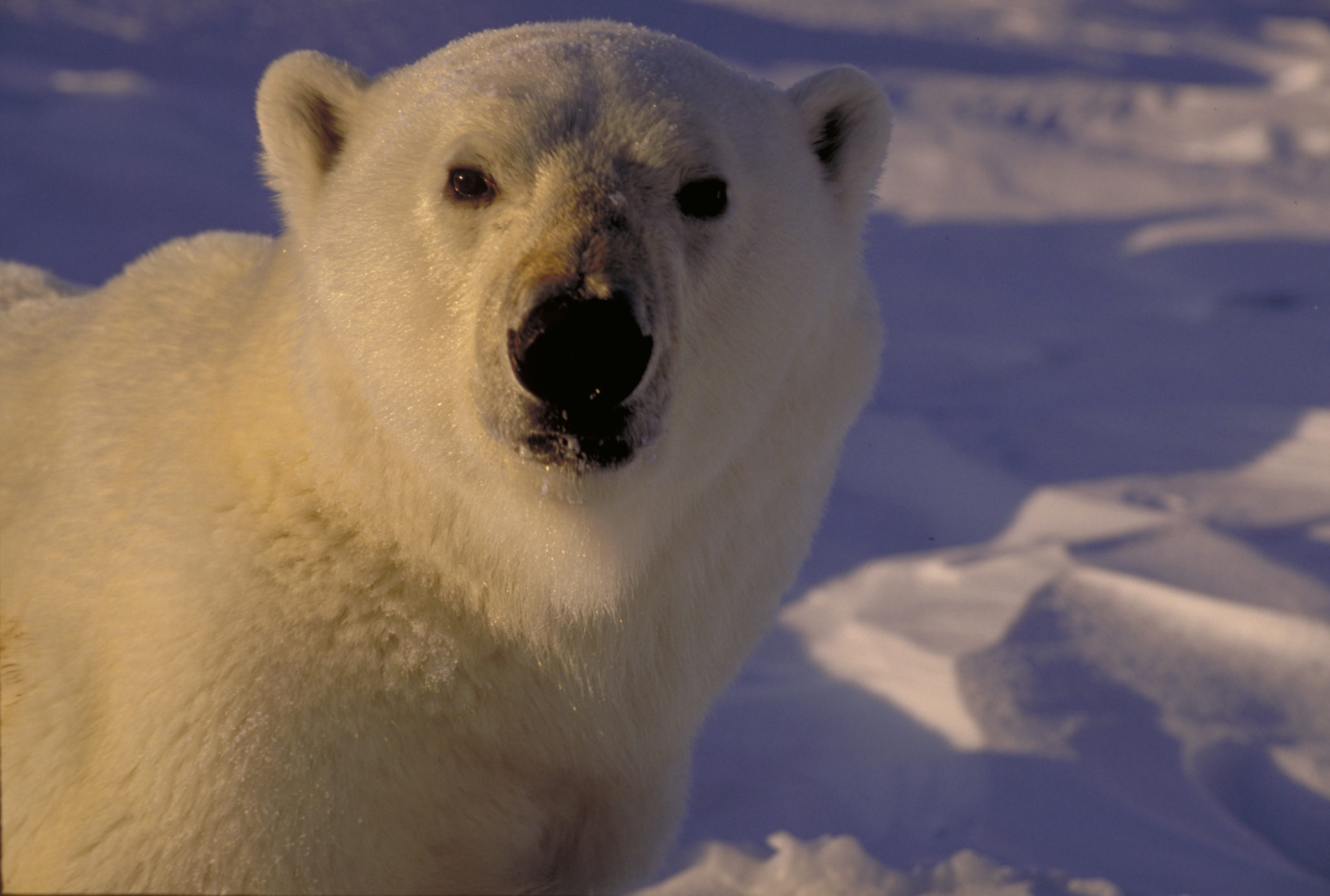
The Mammal Tree
The Phylogenetic Approach
To find the assembly for your species of interest, navigate to the relevant leaf on our tree, and click to download the relevant assembly or variant-call file.
The Assembly-Source Approach
To find assemblies created by Zoonomia, navigate to species annotated on the Mammal Tree in green.
The Assembly-Contiguity Approach
To find higher-contiguity assemblies upgraded by Zoonomia, navigate to species annotated on the Mammal Tree in dark blue.
The White Paper
Read The Document
Click the cover here to view the full transcript of the White Paper and links to the feature article in Nature Magazine, as well as a downloadable PDF.
The Data
View Full Data Catalog
From our data catalog, you can download Zoonomia’s alignment, evolutionary-conservation, and phylogeny files. Keep in mind — eutherian genomes are expansive, and our alignment spans ~110 million years of evolution— so many of these files are quite large!
From The Field
View All Case Studies
Narwhal
By Martin Nweeia: Why choose narwhal as a model for tooth comparative studies? It’s simply an amazing tooth. In the year 2000, I began investigating this unique tooth organ...
READ THE STORY
Solenodon
By Nick Casewell: Solenodons are fascinating mammals. They are members of the Eulipotyphla – a group formally known as ‘insectivores’ and that contains moles, hedgehogs and shrews.
READ THE STORY
Gene Regulatory Evolution
By Irene Kaplow: Many phenotypes, including vocal learning, longevity, and brain size, have evolved through gene expression, meaning that their differences across species are caused by differences in genome sequence.
READ THE STORY

